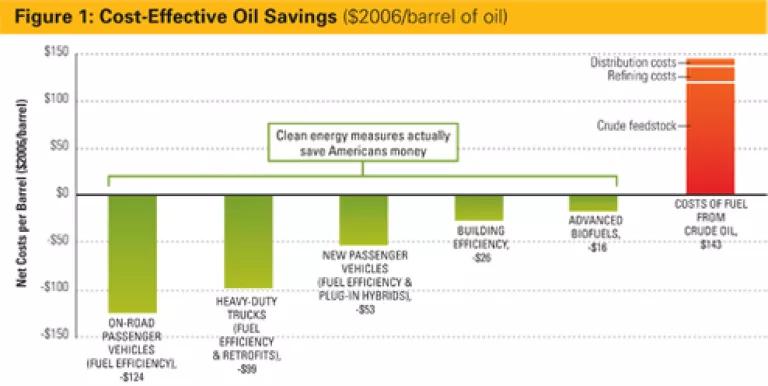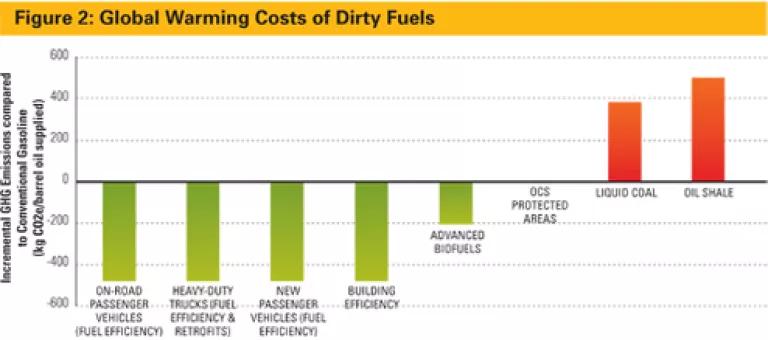
Efficiency and other clean energy measures are sound investments for the near and long-term. I realize right now that it's hard to believe that sound investments exist. The financial center at Wall Street seems to be crumbling with the news that Lehman Brothers is bankrupt, Merrill Lynch sells itself off and AIG is bailed out by the Feds. Oh and don't forget that the government just took over control of Freddie Mac and Fannie Mae too. Despite the bad news, however, some recent NRDC analysis reinforces that fact that clean energy is a safe bet.
Take, for example, insulating the walls of an old house to cut energy consumption: it is a no-brainer because it saves money.
Like many people in the Northeast, a buddy of mine heats his home in New York with fuel oil. With high fuel prices, he was looking at some scary heating bills this coming winter, so I recently helped him tighten up his home by blowing cellulose insulation into the walls. Over a weekend, we rented the necessary equipment, bought the cellulose (chopped up recycled newspapers) and got it done. It was a very small price to pay for the benefit of lower heating bills for years to come.
Home retrofitting is just one of many clean energy measures that save money while cutting oil consumption. Other examples include improved fuel economy of new passenger vehicles and heavy trucks; retrofits, like energy-saving low rolling resistance tires, for cars and heavy trucks on the road; smart growth and transit investments; and advanced biofuels production. Collectively, we can save 10 million barrels per day with these measures, or 11 times more oil than can be drilled from the Arctic National Wildlife Refuge and protected offshore areas.
How much money can these measures save? Let's look at it from the perspective of what it will cost to buy oil in 2030, according to the Department of Energy. For Figure 1 below, we calculated the net cost to the economy as the present value of the cost of clean energy technologies minus the future fuel savings in 2030. With each clean energy measure, the fuel savings outweigh the incremental costs and save Americans money. Furthermore, investments in clean energy made with American ingenuity is money that stays here in the U.S. In contrast, without clean energy measures, Americans will continue to drain their wallets for oil at a cost set by a worldwide oil market price.
More details are available here.
The majority of proposals being debated in Congress these days are heavily weighted toward approaches that are not only costly to Americans but are also dirtier. Calls to increase fossil-derived oil supplies by drilling in some of our nation's most pristine environments and converting coal and shale into dirty transportation fuels will spoil landscapes, threaten ocean life, ravage water supplies and pollute the air.
Clean energy cuts transportation fuel use and therefore avoids the environmental damage inherent in oil exploration and production and liquid coal and shale oil development. By cutting fuel use, clean energy reduces emissions of global warming pollution as shown in Figure 2. Dirty fuels, especially liquid coal and oil shale, actually increase the global warming emissions compared to today's gasoline. In fact, liquid coal emits nearly double the global warming pollution, and oil shale more than twice as much, compared to today's conventional gasoline on a full fuel-cycle basis.

Politicians pushing proposals for more drilling and dirty oil supplies by saying that they will help us deal with high gas prices are blowing smoke. I'll stick with blowing cellulose; it's a clean energy solution that will surely help us get off oil and save money.




